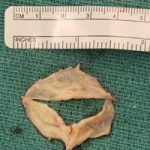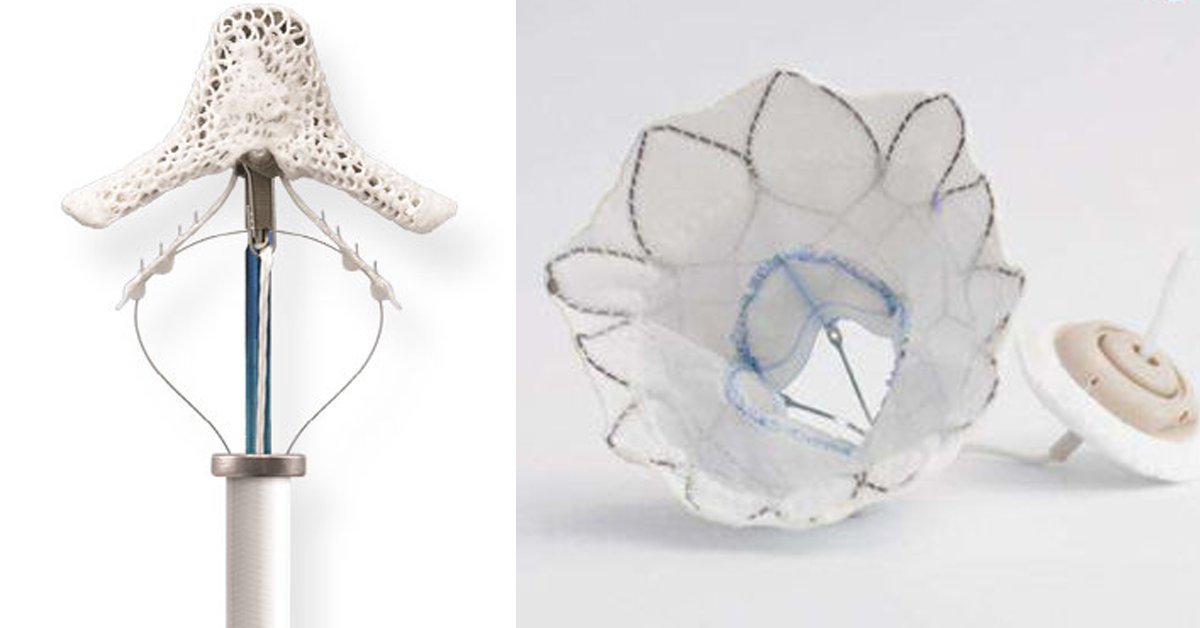

Open Access: Unrestricted visibility to the readers.

#MATTHEW BANKS HEART VALVE FULL#
Our main aim is to encourage researchers to publish their new findings or ideas in an open access platform and there is no restriction on the length of the papers so that full experimental details provided by the author should help in better understanding by the readers. It covers the topics such as acute myocardial infarction, arrhythmia, atrial fibrillation, cardiomyopathy, cardiovascular imaging, congenital heart disease, coronary artery disease, coronary disease, echocardiography, heart conditions, heart failure, hypertension, ischemic heart disease, new diagnostic techniques, pharmacological and non-pharmacological treatment, rheumatic heart disease, stroke, valvular heart disease, valvular heart diseases, vascular disease, ventricular arrhythmia and all sorts of cardiovascular disorders and clinical aspects.Ĭardiology and Cardiovascular Medicine provides a global open access platform to put forth the ongoing research, reviews on cardiology. We publish original research articles, case reports, methodological clinical approaches, design, and goals of clinical trials, epidemiological studies, review articles, points of view, editorials and Images of Cardiology and Cardiovascular Medicine. But he said patient demand for the product is strong.Become a Reviewer Join Editorial Board Special Issue Proposal Propose an eBook About JournalĬardiology and Cardiovascular Medicine (ISSN: 2572-9292) is a peer-reviewed Journal, with the rapid publication process. Mussallem acknowledged that more competitors are preparing to launch rival heart valves in Europe and said the economic slowdown has put pressure on pricing. Morgan analyst Michael Weinstein, noting that the outlook slightly exceeded Wall Street expectations, said the forecast could be aggressive, given ongoing macroeconomic challenges in Europe and the likelihood of increased competition there. “We believe the strong 2013 financial guidance bodes well for Edwards’ outlook, especially with the company’s history of guiding conservatively at the start of the year and raising guidance as the year progresses,” Wells Fargo Securities analyst Larry Biegelsen said. It expects total sales next year of $2.1 billion to $2.2 billion.Īnalysts had expected earnings of $3.21 a share on sales of and $2.13 billion, according to Thomson Reuters I/B/E/S. The company forecast 2013 earnings per share, excluding special items, of $3.21 to $3.31, an increase of more than 25 percent over projected 2012 earnings. sales are projected at $390 million to $440 million. The initial product launch included only inoperable patients, for whom the valves were threaded to the heart from the femoral artery in the leg.Īnalysts believe the approval for a wider group of eligible patients could double the size of the market for transcatheter valves.Įdwards Chief Executive Michael Mussallem, speaking to investors, said the expanded potential market for Sapien, additional delivery technique and a national coverage decision from the Medicare program for the elderly would drive sales growth.Įdwards, which released the outlook in conjunction with its annual investor conference at its headquarters in Irvine, California, said it expects global sales of its transcatheter heart valve to reach $710 million to $790 million in 2013. In October, Edwards won approval for Sapien in those patients, who are eligible for surgery but still high-risk, and gained approval for a second delivery approach involving an incision through the ribs.

sales ramped up more slowly than expected because of regulatory delays in approving an expanded indication for the device for patients who were less ill. The company’s shares were up 6.3 percent at $92 on Tuesday afternoon on the New York Stock Exchange.Įdwards pioneered the so-called transcatheter heart valve, launching the product in late 2011, but U.S. (Reuters) - Edwards Lifesciences Corp EW.N on Tuesday projected strong profit and sales growth in 2013, led by its Sapien artificial heart valve, which is implanted in a less-invasive procedure than traditional open-heart surgery.


 0 kommentar(er)
0 kommentar(er)
